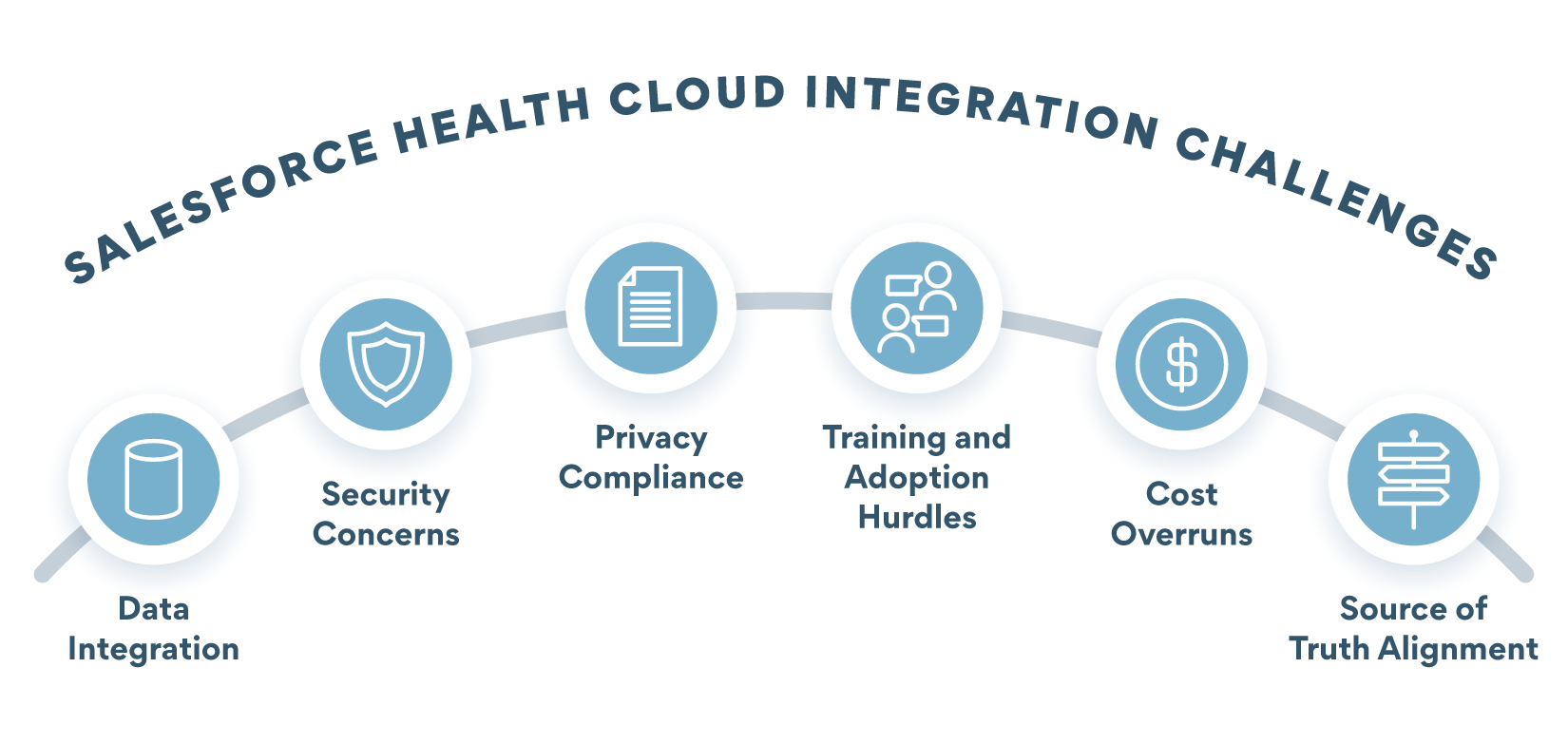
Top 6 Salesforce Health Cloud + EHR Integration Challenges and Solutions
In the fast-evolving landscape of healthcare technology, Salesforce Health Cloud and Electronic Health Record (EHR) systems integration has become imperative
3 min. read
In the fast-evolving landscape of healthcare technology, Salesforce Health Cloud and Electronic Health Record (EHR) systems integration has become imperative for organizations seeking seamless patient care. However, this integration journey is not without its challenges. This blog dissects the top six hurdles faced by healthcare organizations and provides actionable solutions.



AUTHOR
Allison Getty
Allison Getty is the Healthcare & Life Sciences Practice Lead at Torrent Consulting. She is 7x Salesforce certified, is a member of the Salesforce Health Cloud Advisory Board, and has worked in the healthcare space for 8 years.



